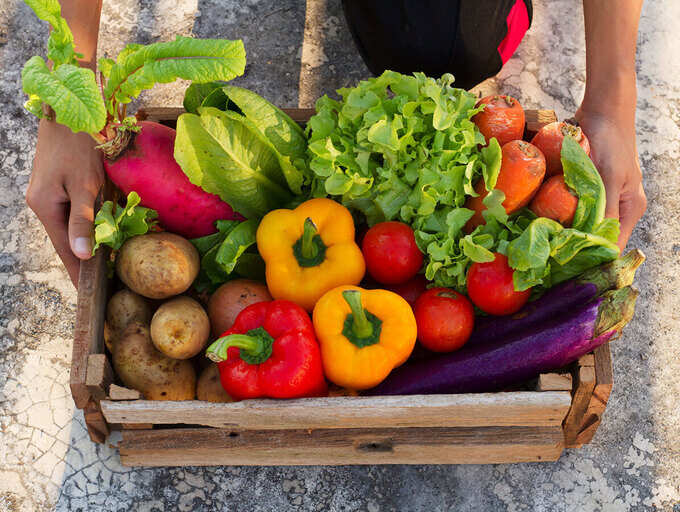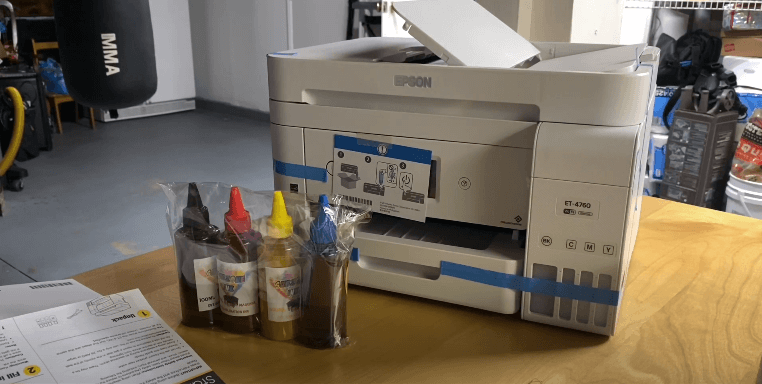Introduction
With the rise in urbanization and shrinking outdoor spaces, the idea of growing vegetables at home has gained significant popularity. Indoor gardening not only allows you to cultivate fresh, organic produce right in the comfort of your living space but also promotes a sustainable lifestyle by reducing your carbon footprint. Whether you live in an apartment, condo, or house, growing vegetables indoors is a rewarding and achievable endeavor. In this article, we will explore the essential steps to successfully grow vegetables in your home.Selecting the Right Vegetables
The first step in indoor vegetable gardening is choosing the right plants that thrive in an indoor environment. While many vegetables can be grown indoors, some are more suitable due to their compact size and light requirements. Leafy greens such as lettuce, spinach, and kale, as well as herbs like basil, parsley, and mint, are excellent choices. Compact root vegetables like radishes and small varieties of carrots also perform well indoors. Additionally, cherry tomatoes and peppers can be grown successfully if you have enough space and sunlight.Location and Light
The key to successful indoor gardening is providing sufficient light for your plants. Most vegetables require at least 6 to 8 hours of sunlight per day. Locate your indoor garden near a south-facing window to maximize exposure to natural light. If sunlight is limited, consider investing in full-spectrum LED grow lights, which provide the necessary light spectrum for plant growth. Proper light ensures healthy foliage development and robust yields.Container Selection and Soil
Selecting the right containers is crucial for indoor vegetable gardening. Choose pots with drainage holes to prevent waterlogging, and ensure they are large enough to accommodate the root systems of your chosen vegetables. Self-watering containers or pots with built-in reservoirs can help maintain consistent moisture levels and make watering more manageable.For soil, opt for a high-quality potting mix enriched with organic matter. Avoid using garden soil, as it may contain pests, diseases, and lacks the proper structure for containers. Organic fertilizers can be added to the soil to provide essential nutrients for healthy plant growth.
Watering and Humidity
Consistent and adequate watering is essential for the success of your indoor vegetable garden. Overwatering can lead to root rot, while underwatering will stunt the growth of your plants. The frequency of watering will depend on the specific vegetable and the environment, so monitor the soil's moisture level regularly and adjust your watering schedule accordingly.To maintain the right humidity levels for your plants, you can use a humidity tray filled with water and pebbles, mist the plants occasionally, or invest in a humidifier if you live in a dry climate.





